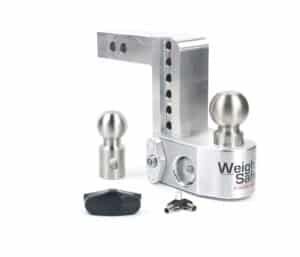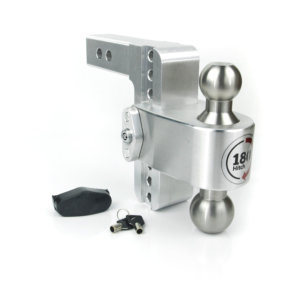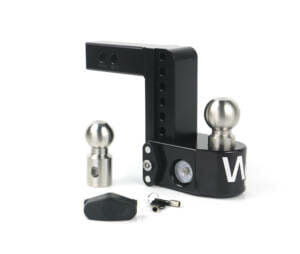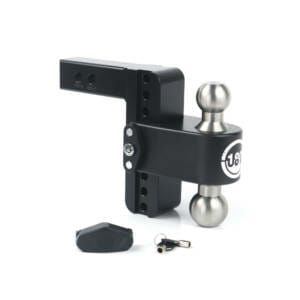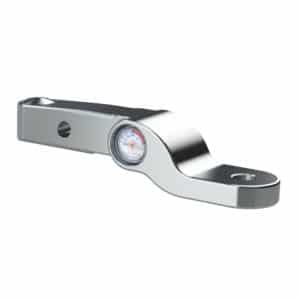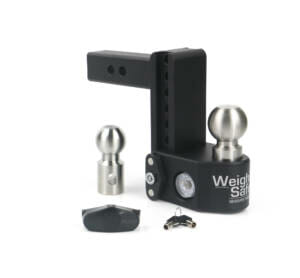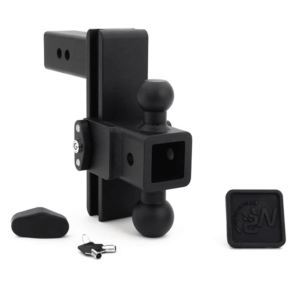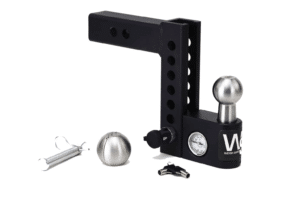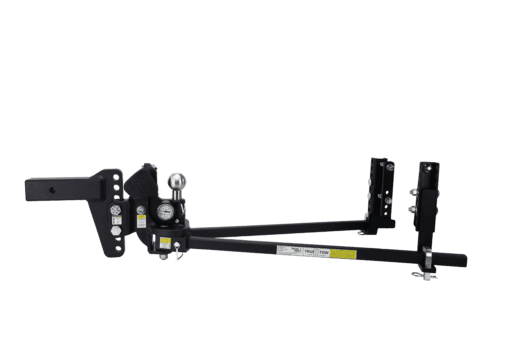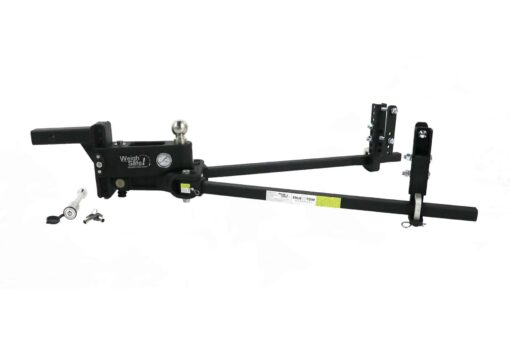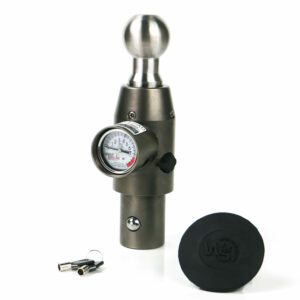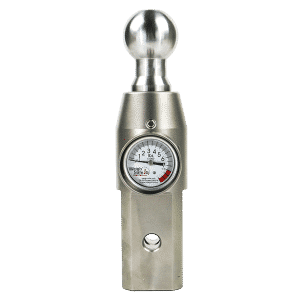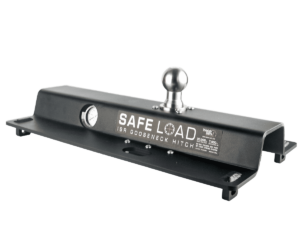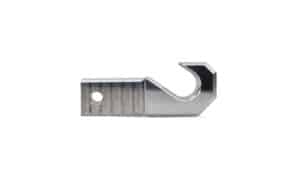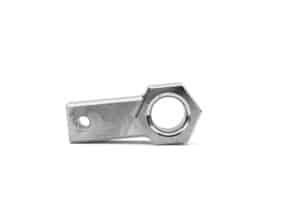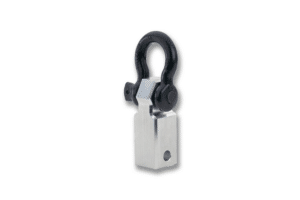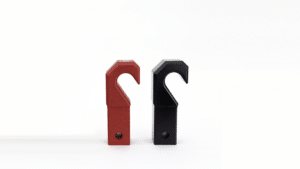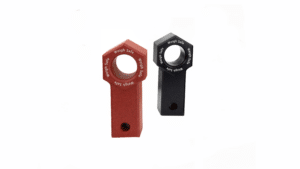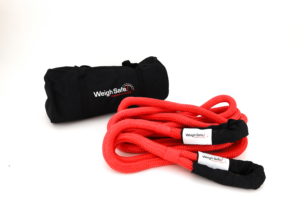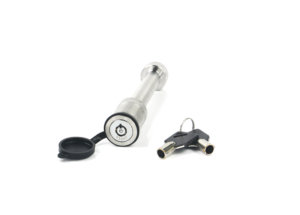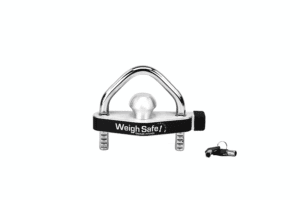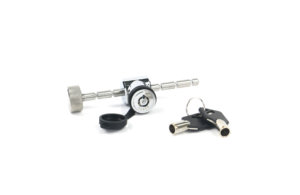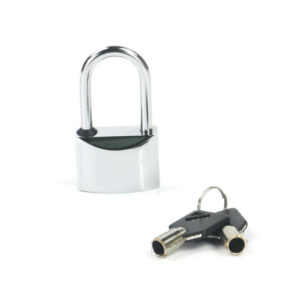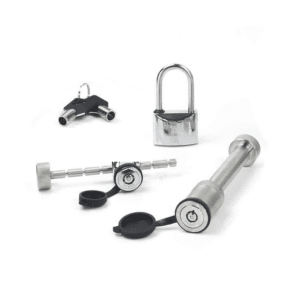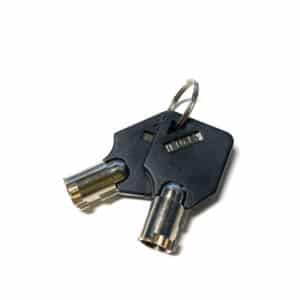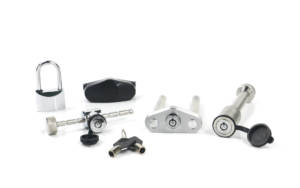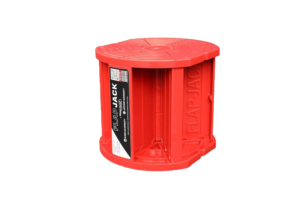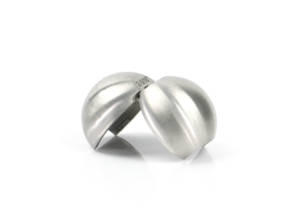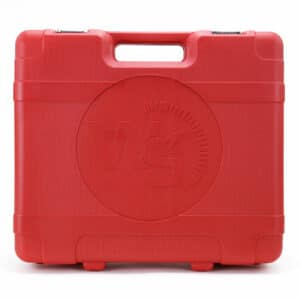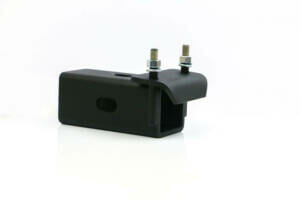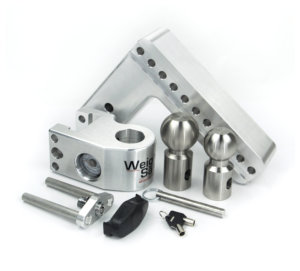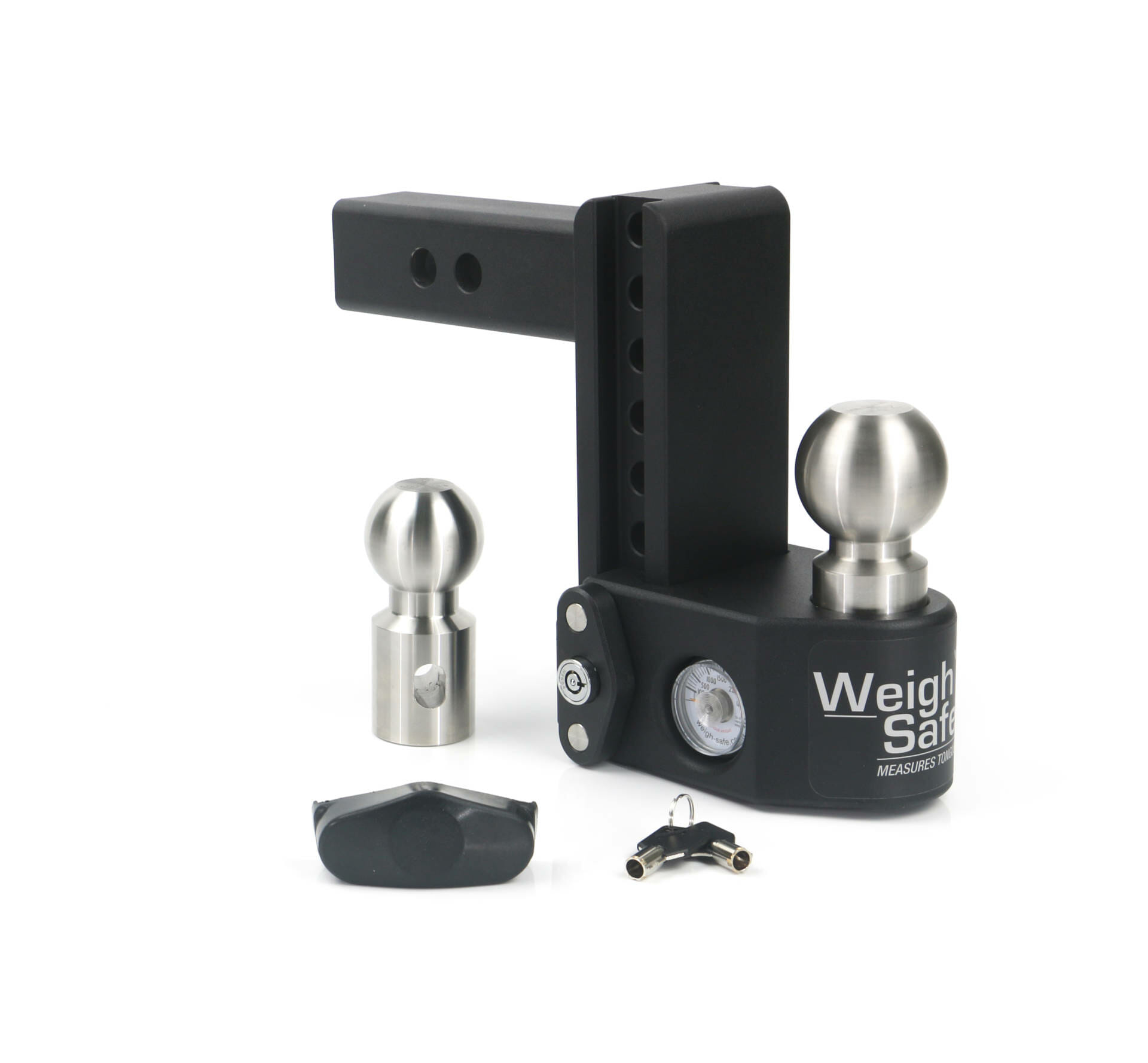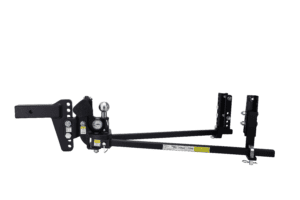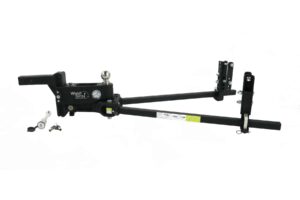Towing Safety
What is Tongue Weight and What Does it Mean for Safe Towing?
How to Measure Tongue Weight: Step by Step Guide
Understanding how to measure your trailer’s tongue weight is critical for safe towing. Incorrect tongue weight can cause sway, braking issues, and dangerous handling. Here’s a comprehensive guide to ensure you’re towing safely every time.
Quick-Start Checklist:
- Understand why tongue weight matters
- Gather necessary tools
- Follow step-by-step measurement guide
- Learn common mistakes
- Check FAQs for quick answers
Why Tongue Weight Matters
- Stability while towing
- Safe braking distances
- Prevention of dangerous trailer sway
Improper tongue weight can lead to accidents, premature vehicle wear, and even legal issues.
Tools You’ll Need
- Tongue weight scale, bathroom scale (for lighter trailers), or a hitch with a built-in scale (such as Weigh Safe’s Drop Hitch)
- Level surface for accurate measurement
- Trailer fully loaded as it would be during towing
- Lever and fulcrum setup (if using a bathroom scale)
Step-by-Step Measurement Guide
Step 1: Park on a Level Surface
Ensure your tow vehicle and trailer are on level ground for accurate readings.
Step 2: Position the Scale
Place your tongue weight scale beneath the trailer coupler. If using a Weigh Safe hitch, simply attach your trailer and read directly from the built-in gauge. If using a bathroom scale, set up your lever and fulcrum correctly.
Step 3: Measure Your Tongue Weight
Lower your trailer’s coupler onto the scale or hitch ball, ensuring the full weight is resting on it. Clearly read and record the displayed weight.
Step 4: Verify and Adjust
Refer to your trailer’s manual or vehicle towing specs. Adjust your load if your tongue weight is outside the recommended range (10-15%). Distribute heavier items closer to the trailer axle.
Common Mistakes & How to Avoid Them
Mistake 1: Measuring on Uneven Ground
Always use flat, level surfaces to ensure accuracy.
Mistake 2: Ignoring Load Distribution
Evenly distribute your cargo, placing heavier items near the trailer axle to adjust tongue weight effectively.
Mistake 3: Skipping Regular Checks
Recheck tongue weight frequently, especially after adjusting cargo or before long trips.
Lever Method for Light Trailers
If you’re using a bathroom scale, follow these steps:
-
Set up a sturdy lever (e.g., a 4-foot board) with a fulcrum placed one foot from one end.
-
Place the bathroom scale at the short end and a block at the other end.
-
Rest the trailer tongue on the lever directly above the fulcrum.
-
Multiply the scale reading by four to determine your tongue weight.
See it in Action
Tongue Weight FAQs
What’s the ideal tongue weight for my trailer?
Typically, 10-15% of your total trailer weight. Refer to your specific vehicle and trailer manuals for exact recommendations.
How often should I measure tongue weight?
Check tongue weight before every trip, particularly when cargo loads vary significantly.
Can I measure tongue weight with a bathroom scale?
Yes, for lighter trailers, you can use a bathroom scale with a simple lever setup to measure tongue weight. However, for larger trailers, a dedicated tongue weight scale or hitch with a built-in gauge like Weigh Safe is recommended for safety and accuracy.
Why use a Weigh Safe Hitch?
The Weigh Safe hitch provides instant and accurate tongue weight measurements, ensuring safer towing without additional equipment or complicated setups.
Tow with Confidence
Eliminate guesswork and towing hazards with the Weigh Safe Drop Hitch—your instant solution for accurate tongue weight measurement.
Shop Weigh Safe Drop hitchWE CARE THAT YOU CARE.
We want to thank you for caring about Towing Safety. Please feel free to use the following discount code for 10% off your next order with us!

